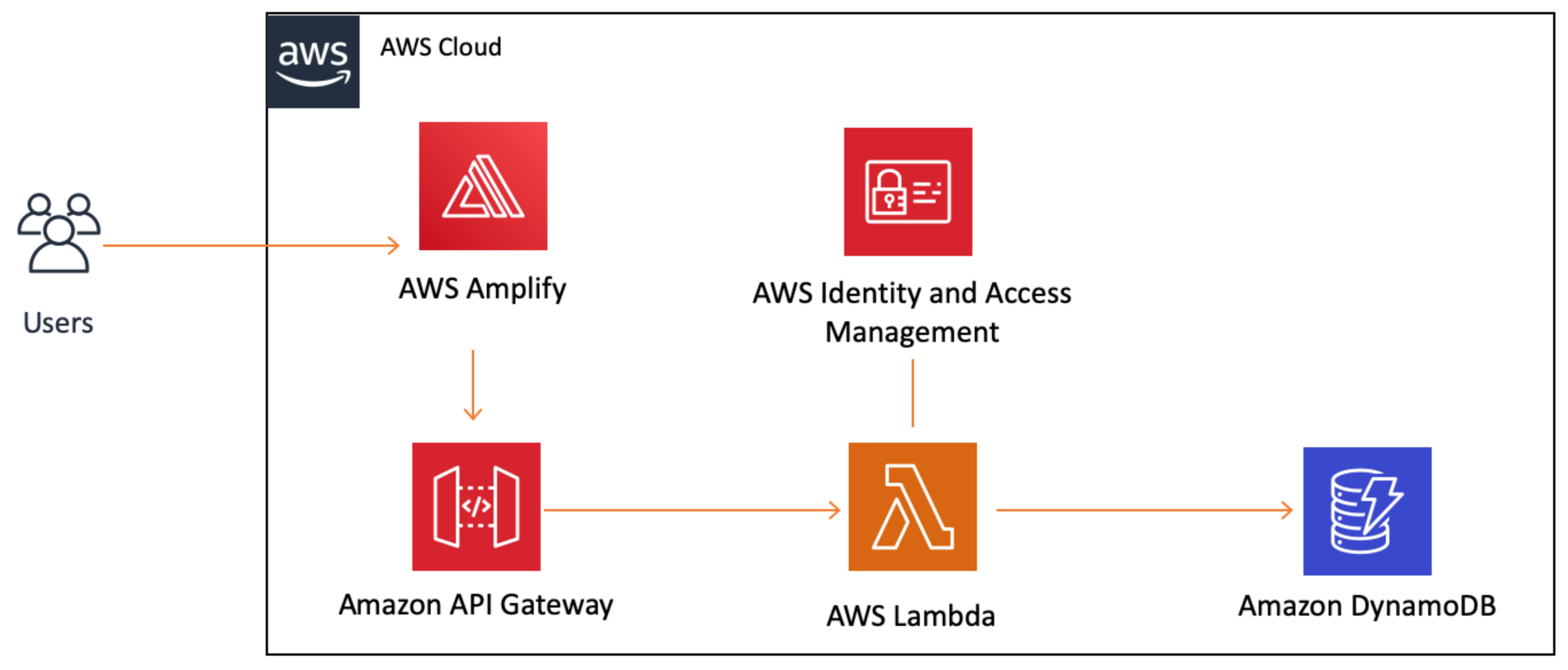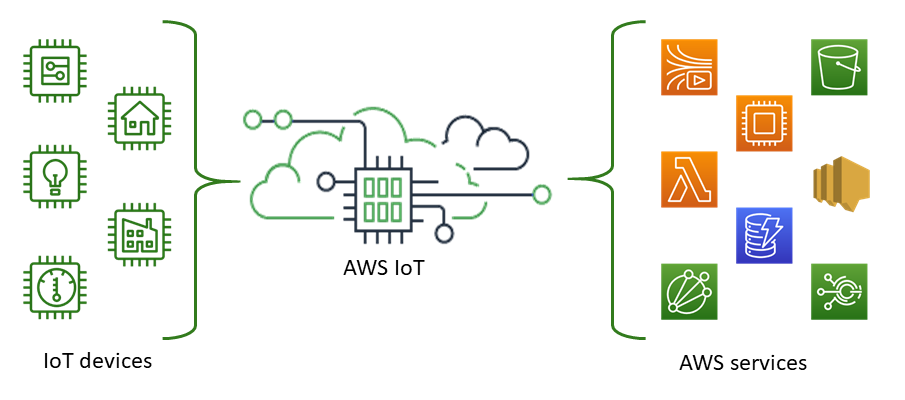Recent Score: out of 30.
Take the Test again Go HomeResources
1
AWS Route 53
Route 53 is a domain name system service by AWS. When a Disaster does occur , it can be easy to switch to secondary sites using the Route53 service. Amazon Route 53 is a highly available and scalable cloud Domain Name System (DNS) web service. It is designed to give developers and businesses an extremely reliable and cost effective way to route end users to Internet applications by translating names like www.example.com into the numeric IP addresses like 192.0.2.1 that computers use to connect to each other. Amazon Route 53 is fully compliant with IPv6 as well.
2
AWS CloudWatch
CloudWatch is used to collect, view, and track metrics for resources (such as EC2 instances) in your AWS account.
3
AWS Elasticache
ElastiCache is a web service that makes it easy to set up, manage, and scale a distributed in-memory data store or cache environment in the cloud. It provides a high-performance, scalable, and cost-effective caching solution, while removing the complexity associated with deploying and managing a distributed cache environment.
Redis and Memcached are popular, open-source, in-memory data stores. Although they are both easy to use and offer high performance, there are important differences to consider when choosing an engine. Memcached is designed for simplicity while Redis offers a rich set of features that make it effective for a wide range of use cases. Understand your requirements and what each engine offers to decide which solution better meets your needs.
4
Difference between RDS and DynamoDB
RDS is a SQL database service (that offers several database engine options), and DynamoDB is a NoSQL database option that only offers one NoSQL engine.
5
High Availability
High availability refers to the concept that something will be accessible when you try to access it. An object or web application is "highly available" when it is accessible a vast majority of the time.
6
Cost optimization, Automating, Elasticity
Elasticity (think of a rubber band) defines a system that can easily (and cost-effectively) grow and shrink based on required demand.
7
Designing fault tolerant applications
Fault tolerance describes the concept of a system (in our case a web application) to have failure in some of its components and still remain accessible (highly available). Fault tolerant web applications will have at least two web servers (in case one fails).
8
AWS
AWS is defined as a cloud services provider. They provide hundreds of services of which compute and storage are included (not not limited to).
9
AWS s3 and AWS EBS
Amazon S3 is a Object storage built to store and retrieve any amount of data from anywhere. Amazon Elastic Block Store is a Persistent block storage for Amazon EC2
10
AWS EC2
AWS EC2 can be used to host virtual servers on AWS.
11
Uploading an archive in AWS
The AWS Console cannot be used to upload data onto Glacier. The console can only be used to create a Glacier vault which can be used to upload the data.
12
AWS Ec2
If you want a self-managed database, that means you want complete control over the database engine and the underlying infrastructure. In such a case you need to host the database on an EC2 Instance.
13
AWS tools
AWS SDK can be plugged in for various programming languages. Using the SDK you can then call the required AWS services.
14
AWS EBS Volumes
When you create an EBS volume in an Availability Zone, it is automatically replicated within that zone to prevent data loss due to failure of any single hardware component.
15
AWS read replicas
You can reduce the load on your source DB Instance by routing read queries from your applications to the read replica. Read replicas allow you to elastically scale out beyond the capacity constraints of a single DB instance for read-heavy database workloads.
16
#AWS EC2 Spot Instances
When you think of cost effectiveness, you can either have to choose Spot or Reserved instances. Now when you have a regular processing job, the best is to use spot instances and since your application is designed recover gracefully from Amazon EC2 instance failures, then even if you lose the Spot instance , there is no issue because your application can recover.
17
AWS Elasticache
Amazon ElastiCache is a web service that makes it easy to deploy, operate, and scale an in-memory data store or cache in the cloud. The service improves the performance of web applications by allowing you to retrieve information from fast, managed, in-memory data stores, instead of relying entirely on slower disk-based databases.
18
AWS Disaster Recovery
The following figure shows a spectrum for the four scenarios, arranged by how quickly a system can be available to users after a DR event: Backup & Restore -> Pilot Light -> Warm Standby -> Multi SIte
19
AWS DynamoDB
DynamoDB does not use/support other NoSQL database engines. You only have access to use DynamoDB's built-in engine.
20
AWS Redshift
Redshift is a database offering that is fully-managed and used for data warehousing and analytics, including compatibility with existing business intelligence tools.
21
AWS S3 Storage Classes
S3 Standard Storage class has a rating of 99.999999999% durability (referred to as 11 nines) and 99.99% availability.
22
AWS storage-classes
The Standard storage class should be used for files that you access on a daily or very frequent basis.
23
AWS SQS
Amazon Simple Queue Service (Amazon SQS) offers a reliable, highly-scalable hosted queue for storing messages as they travel between applications or microservices. It moves data between distributed application components and helps you decouple these components.
23
AWS Reserved Instances
Reserved instances are the best choice for instances with continuous usage and offer a reduced cost because you purchase the instance for the entire year.Amazon EC2 Reserved Instances (RI) provide a significant discount (up to 75%) compared to On-Demand pricing and provide a capacity reservation when used in a specific Availability Zone.
24
AWS CloudFront
Lambda@Edge lets you run Lambda functions to customize the content that CloudFront delivers, executing the functions in AWS locations closer to the viewer.
Amazon CloudFront is a web service that speeds up distribution of your static and dynamic web content, such as .html, .css, .js, and image files, to your users. CloudFront delivers your content through a worldwide network of data centers called edge locations. When a user requests content that you're serving with CloudFront, the user is routed to the edge location that provides the lowest latency (time delay), so that content is delivered with the best possible performance.
CloudFront speeds up the distribution of your content by routing each user request through the AWS backbone network to the edge location that can best serve your content. Typically, this is a CloudFront edge server that provides the fastest delivery to the viewer. Using the AWS network dramatically reduces the number of networks that your users' requests must pass through, which improves performance. Users get lower latency—the time it takes to load the first byte of the file—and higher data transfer rates.
You also get increased reliability and availability because copies of your files (also known as objects) are now held (or cached) in multiple edge locations around the world.
25
AWS EC2 Instance info and details
How to get information about Ec2 instance type?
26
What load balancing options does the Elastic Load Balancing service offer?
Elastic Load Balancing offers two types of load balancers that both feature high availability, automatic scaling, and robust security. These include the Classic Load Balancer that routes traffic based on either application or network level information, and the Application Load Balancer that routes traffic based on advanced application level information that includes the content of the request.
27
How many instances can I run in Amazon EC2?
You are limited to running up to a total of 20 On-Demand instances across the instance family, purchasing 20 Reserved Instances, and requesting Spot Instances per your dynamic Spot limit per region.
28
AWS Elasticache
Redis, MemcacheD
29
Reference
CloudWatch is used to collect, view, and track metrics for resources (such as EC2 instances) in your AWS account.
30
Edge Locations
With Lambda@Edge you can easily run your code across AWS locations globally, allowing you to respond to your end users at the lowest latency and allowing you to personalize content.









